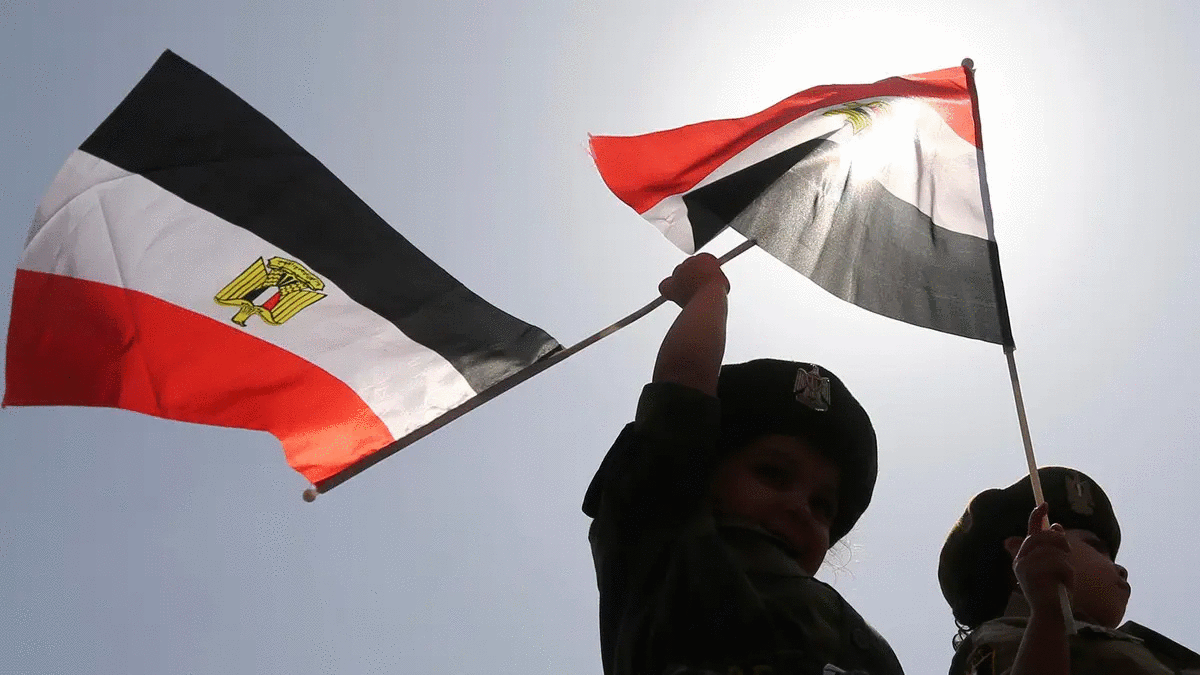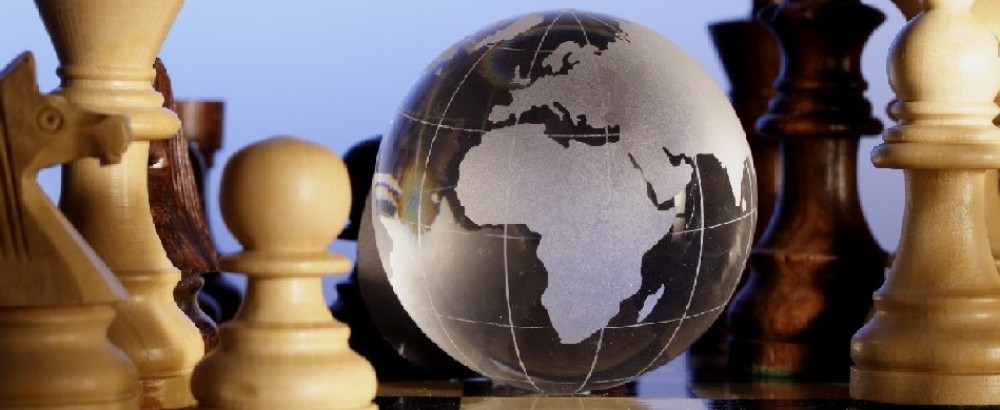Oman: a Peaceful Oasis in a Flaming region
Dr Fadi Elhusseini
In a fractious, unstable region rife with conflicts, one country appears to be unscathed. It is telling that Oman emerged not only intact from the ramifications of the Arab Spring, but also shied away from the tense polarisation that has hijacked the rest of the Middle East. Oman’s position on the various regional issues is self-evidently peaceful and different from the other Gulf monarchies. In fact, behind this peaceful and unique position lies a hive of activity of which many are unaware.
As part of the revolutionary wave, a series of popular demonstrations were held in Oman with the masses calling for better living standards (including lower living costs, less corruption, salary increases and job creation) and more democracy. The protests were peaceful and showed respect for the ruler. In return, Sultan Qaboos Bin Said Al-Said accepted the petitions and undertook a number of steps to contain the unrest.
His initial response was to reshuffle the governing cabinet and he promised that a legislative council would be given more powers. Among the arrangements meant to absorb youth frustration, the Diwan of the Royal Court decided to set up an independent authority for consumer protection while, in parallel, the sultan pledged to create 50,000 government jobs and provide monthly benefits worth $390 to the unemployed. In short, he managed to survive the ramifications of the Arab Spring, although another challenge appeared to be more critical, that of polarisation.
With the massive ongoing transformations in the region, polarisation — essentially sectarian — between two camps arose, with Iran and its Shia allies Syria and Lebanon’s Hezbollah on one side, and Saudi Arabia and other Sunni nations — Turkey, for example — on the other. The Gulf States see Iran as an ideological threat while the government in Tehran finds the others fuelling a sectarian conflict and twisting the focus away from the real danger, Israel.
A geopolitical crisis started which threatened to escalate into a wide-ranging sectarian conflict. Following Saudi Arabia’s execution of Shia Sheikh Nimr Al-Nimr early this year, attacks were staged on the Saudi embassy and consulate in Iran. As a result, Saudi Arabia and its allies downgraded diplomatic relations with Tehran. In March, the latest in a series of ballistic missile tests were held by Iran in a clear show of power. A few hours later, Saudi Arabia launched a massive military exercise with troops from 20 Muslim and Arab nations: Jordan, Bahrain, Senegal, Oman, Qatar, United Arab Emirates, Sudan, Kuwait, the Maldives, Morocco, Pakistan, Chad, Tunisia, Comoro Islands, Djibouti, Malaysia, Egypt, Mauritania and Mauritius.
In the midst of such critical developments, Oman still appears as a peaceful oasis aloof from developments. When the other Gulf States opposed the US-Iran nuclear deal, Oman not only supported it but also hosted the secret talks between the two governments. Its neutral position gives the country a unique advantage as a mediator; Oman played an instrumental role in freeing three American hikers arrested by Iran on espionage charges in 2011. This secured Sultan Qaboos the trust and confidence of both the Americans and the Iranians and brought them to the negotiation table behind closed doors.
In July 2012, Oman hosted the first meeting between the Americans and Iranians and, nine months later, Deputy Secretary of State William Burns met secretly with his Iranian counterpart, Majid Ravanchi, in Muscat. Clandestine meetings continued and Omani envoys also carried important messages containing the terms of the talks between the US and Iran. They played a key role.
A number of other incidents strengthened Oman’s independent policy and unique position in comparison to the rest of the Gulf countries. This is actually nothing new; Oman hosted secret talks between the protagonists during the Iraq-Iran war in the eighties. In Yemen, where the Shia Houthis are in control of the capital, Oman remains the only Gulf country whose embassy in Sana is still open.
Oman did not take part in the Saudi-led “Decisive Storm” military campaign against the Houthis and forces loyal to ex-President Ali Abdullah Saleh; instead, it kept channels of communication open. It also played a pivotal role in returning the remains of a Moroccan pilot whose jet crashed in Houthi-controlled territory. Not surprisingly then, Muscat would be the logical location for potential negotiations between the warring parties.
Furthermore, Oman has used its neutrality to develop trusting relationships with all sides in the Syrian crisis, enabling the sultanate to serve as an acceptable mediator there. When almost every Arab and Gulf country boycotted and attacked President Bashar Al-Assad, Oman maintained relations with his regime. In August 2015, Syria’s foreign minister met his counterpart in Muscat and last October the Omani Foreign Minister Yusuf Bin Alawi met Assad in Damascus. The sultanate also mediated in Algeria last year in order to help contain an unnoticed sectarian crisis between Ibadi Amazigh and some Arabs associated with the Maliki school of Islamic thought.
Oman’s distinctive position emanates from profound national interest considerations. Although it is part of the Gulf Cooperation Council, it shares territorial ownership of the strategic Strait of Hormuz with Iran. What’s more, with the current drop in oil prices, maintaining relations with a huge natural gas source is a strategic choice, especially given that Oman is less oil-rich than other GCC member states. Thus, the strategic relationship between the two countries has risen somewhat remarkably. Muscat and Tehran are in the process of developing an undersea natural gas pipeline and a joint military exercise was conducted in January.
By and large, Oman disputes the absolute hegemony of Saudi Arabia within the GCC and it appears that “losing” Oman is not an option for Riyadh. The tolerance of the Saudis for Oman stems from a number of things. For a start, Oman’s foreign policy is not fully pro-Iran, but more like sitting on the fence and avoiding taking sides. Second, Saudi Arabia can’t relinquish Oman because it is a natural component of the Arab-Gulf structure with a web of interests and connections, regionally and globally. Finally, the Saudis certainly dread the prospect of having Oman allying itself totally with Iran.
It is also worth noting that Oman’s official religious denomination is the Ibadi school of thought, which covers almost 70 per cent of the population; it is one of the most tolerant within Islam. Thus, it tends to seek balance among the various parties in the region and avoid the supremacy of one sect over another. It views the escalation of sectarian strife between the Shia and Sunnis as a catastrophe for the Islamic world.
Nevertheless, Oman’s peaceful position is not always well received by its fellow Gulf States. Many Yemenis accuse Muscat of backing the Houthis and acting as an Iranian stooge. Saudi Arabia has also long been irked by Oman’s ties and role that it believes has undermined its efforts to isolate Iran.
However, how long this peaceful oasis can continue in such a vein is in doubt. Sultan Qaboos Bin Said Al-Said is in his mid-seventies; he took power in 1970 but has no children or brothers, and is yet to name a successor. Should he die without doing so, his absence could create a power vacuum, with unknown results, not only for Oman, but also the rest of the region.
A previous version was published on eastonline.eu.




